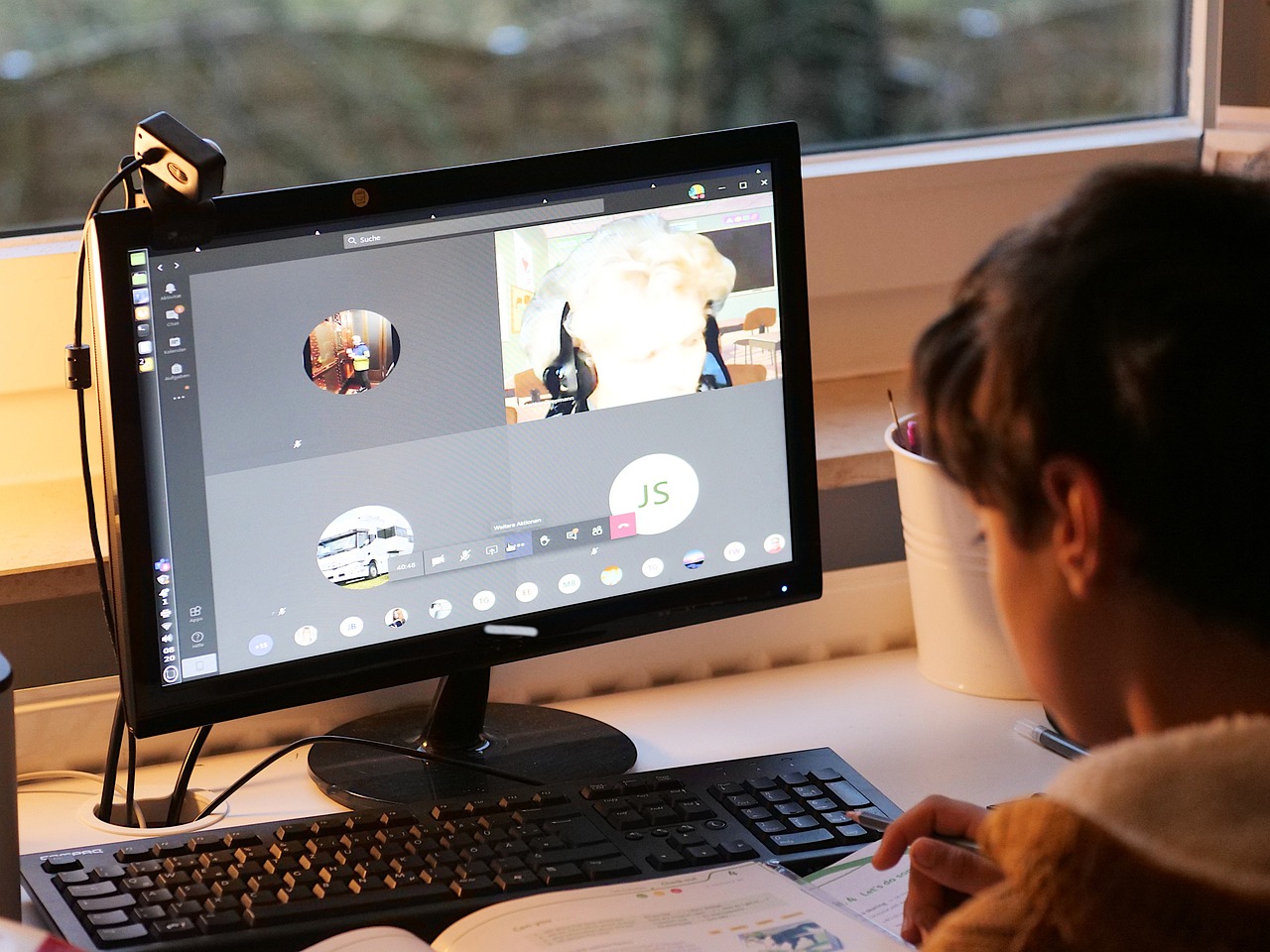Sustainable Development Goals in the Curriculum
The Sustainable Development Goals (SDGs) are a set of global objectives adopted by the United Nations in 2015 as part of the 2030 Agenda for Sustainable Development. There are 17 goals in total, encompassing various social, economic, and environmental issues that affect communities worldwide. These goals aim to address key challenges such as poverty, inequality, climate change, environmental degradation, peace, and justice.
Each of the 17 SDGs has specific targets that are designed to guide countries in their efforts to achieve sustainable development. The goals are interconnected and indivisible, meaning that progress in one goal can positively impact others. By focusing on these targets, governments, organizations, and individuals can work together to create a more equitable, prosperous, and sustainable future for all.
• Goal 1: No Poverty
• Goal 2: Zero Hunger
• Goal 3: Good Health and Well-being
• Goal 4: Quality Education
• Goal 5: Gender Equality
• Goal 6: Clean Water and Sanitation
• Goal 7: Affordable and Clean Energy
• Goal 8: Decent Work and Economic Growth
The SDGs provide a framework for addressing the most pressing issues facing our world today. They serve as a call to action for governments, businesses, civil society, and individuals to work together towards a more sustainable future. By achieving these goals, we can create a world where everyone has access to basic necessities, opportunities for growth and development, and a healthy environment in which to thrive.
In order to achieve the Sustainable Development Goals by the target year of 2030, it is essential that all stakeholders collaborate effectively. This includes implementing policies that support sustainable development, investing in infrastructure that promotes economic growth while protecting the environment, promoting social inclusion and equality, and ensuring access to quality education and healthcare for all individuals. Only through collective action can we truly make progress towards a more sustainable future for generations to come.
The Importance of Incorporating SDGs in the Curriculum
Incorporating Sustainable Development Goals (SDGs) into the curriculum is crucial for instilling a sense of global citizenship and responsibility in today’s youth. By integrating SDGs into educational frameworks, students are exposed to real-world challenges and are equipped with the knowledge and skills needed to address them. This approach fosters a holistic understanding of environmental, social, and economic issues, preparing students to become active agents of positive change in their communities and beyond.
Furthermore, by integrating SDGs into the curriculum, educators can create meaningful learning experiences that go beyond traditional subject boundaries. Students are encouraged to explore interdisciplinary connections, think critically about complex issues, and develop empathy towards diverse perspectives. This not only enriches their educational journey but also empowers them to become well-rounded individuals who are capable of contributing towards a more sustainable and equitable future for all.
Benefits of Teaching SDGs to Students
Teaching students about the Sustainable Development Goals (SDGs) provides them with a comprehensive understanding of the global challenges we face today. By integrating SDGs into the curriculum, students learn about the pressing issues of poverty, inequality, climate change, and sustainability, empowering them to become informed global citizens who can actively contribute towards a more sustainable future. This knowledge equips students with the necessary skills and mindset to critically analyze complex global issues and develop innovative solutions to address them.
Furthermore, incorporating SDGs into education not only enhances students’ academic knowledge but also nurtures their empathy and compassion towards others. By exploring topics such as gender equality, quality education, and responsible consumption, students acquire a broader perspective on social justice and ethical responsibility. Understanding the interconnectedness of the SDGs encourages students to think beyond themselves and consider how their actions can have a positive impact on the lives of others around the world.
What are the Sustainable Development Goals (SDGs)?
The Sustainable Development Goals (SDGs) are a set of 17 global goals adopted by the United Nations in 2015 to address various social, economic, and environmental challenges facing the world.
Why is it important to incorporate SDGs in the curriculum?
Incorporating SDGs in the curriculum helps students develop a better understanding of the world’s most pressing issues and encourages them to think critically about how they can contribute to creating a more sustainable future.
What are some of the benefits of teaching SDGs to students?
Teaching SDGs to students can help raise awareness about global issues, foster a sense of responsibility towards sustainable development, and empower students to become agents of positive change in their communities and beyond.







